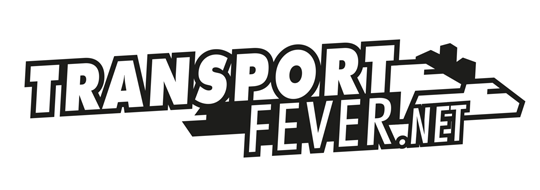[quote='Steve','http://www.train-fever.net/index.php/Thread/3388-script-Cost-Price-Balancer/?postID=56223#post56223']
Lets say the all trains may have the same price and same power(lets say 6000kW), what is the price for MU if the loc is 2.00M and the coach is 20k?
1. Loc + Coach + Coach + Coach + Coach + Coach =
The price overall is 2.1M for 1 x loc and 5 x coaches.
2. MU(Loc) + Coach + Coach + Coach + MU(Loc)
The price for the coach is the same because nothing changes. (3 x 20k = 60k). That means the price of both MUs together is the difference betwenn 2.1M and 60k. (2.04M).
So each MU cost 1.02M at 3000kW (340cr./kW)
3. MU(Loc) + Coach + MU(Mid) + Coach + MU(Loc)
Now we have 2 coaches (40k) and 3 MUs (2.06M). MU Price: about 687k at 2000kW (343,5cr./kW)
4. MU(Loc) + MU(Mid) + MU(Mid) + MU(Mid) + MU(Loc)
And now? MU Price: 420k at 1200kW (350cr./kW)
What do i want to say?
If you calculate the whole train, its no problem using the cr./kW value. It probably still work with variant 2.
But for variant 3 and 4 its not possible. Thats why all 4 variants can not have the same price at same stats.
.....wait, am i completly wrong now?! i need a coffee.....:D


